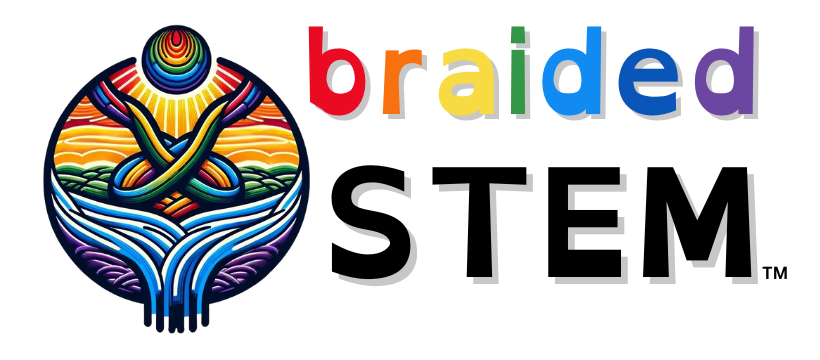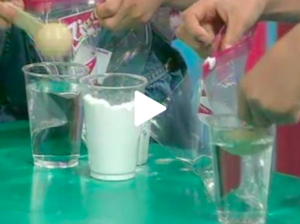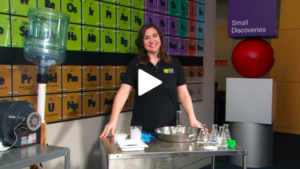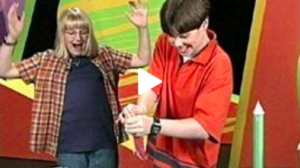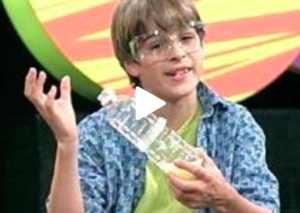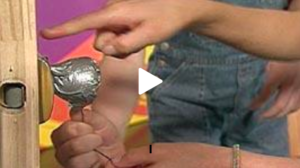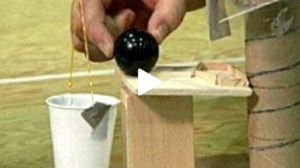5th Grade AzSS-Aligned Resources
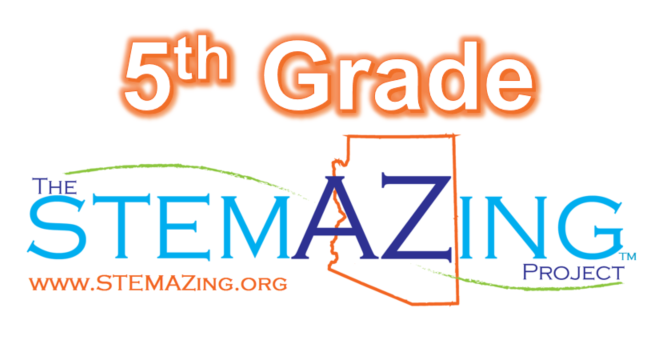
Lessons, videos, storylines, phenomena, and more all curated by STEMAZing Systems Thinking to link directly to 2018 Arizona Science Standards.
- 5.P1U1.1 (NGSS-P: 5-PS1-1 & 5-PS1-2) Analyze and interpret data to explain that matter of any type can be subdivided into particles too small to see and, in a closed system, if properties change or chemical reactions occur, the amount of matter stays the same.
- 5.P1U1.2 (NGSS-S: 5-PS1-4) Plan and carry out investigations to demonstrate that some substances combine to form new substances with different properties and others can be mixed without taking on new properties.
- 5.P2U1.3 (NGSS-P: 3-PS2-3) Construct an explanation using evidence to demonstrate that objects can affect other objects even when they are not touching.
- 5.P3U1.4 (NGSS-P: 3-PS2-1) Obtain, analyze, and communicate evidence of the effects that balanced and unbalanced forces have on the motion of objects.
- 5.P3U2.5 (NGSS-NC) Define problems and design solutions pertaining to force and motion.
- 5.P4U1.6 (NGSS-P: 4-PS3-3 & 4-PS3-1) Analyze and interpret data to determine how and where energy is transferred when objects move.
- 5.E2U1.7 (NGSS-P: 5-ESS1-2) Develop, revise, and use models based on evidence to construct explanations about the movement of the Earth and Moon within our solar system.
- 5.E2U1.8 (NGSS-NC) Obtain, analyze, and communicate evidence to support an explanation that the gravitational force of Earth on objects is directed toward the planet’s center.
- 5.L3U1.9 (NGSS-P: 3-LS3-1) Obtain, evaluate, and communicate information about patterns between the offspring of plants, and the offspring of animals (including humans); construct an explanation of how genetic information is passed from one generation to the next.
- 5.L3U1.10 (NGSS-S: 3-LS3-2) Construct an explanation based on evidence that the changes in an environment can affect the development of the traits in a population of organisms.
- 5.L4U3.11 (NGSS-P: 3-LS4-4) Obtain, evaluate, and communicate evidence about how natural and human-caused changes to habitats or climate can impact populations.
- 5.L4U3.12 (NGSS-P: 3-LS4-4 & 3-LS3-2) Construct an argument based on evidence that inherited characteristics can be affected by behavior and/or environmental conditions.
- Other 5th Grade Resources
5.P1U1.1 (NGSS-P: 5-PS1-1 & 5-PS1-2) Analyze and interpret data to explain that matter of any type can be subdivided into particles too small to see and, in a closed system, if properties change or chemical reactions occur, the amount of matter stays the same.
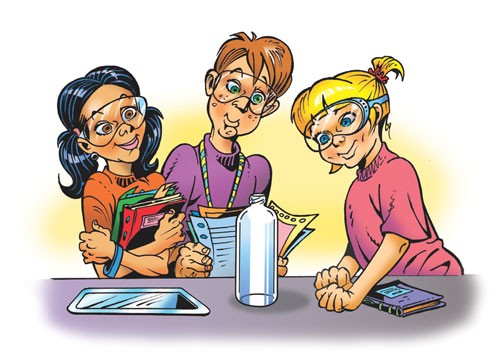
ACS Inquiry in Action: 5th Grade Chapter 1 – Matter is Made of Tiny Particles
Through investigating solids, liquids, and gases and the phenomena of dissolving, evaporation, and condensation, students develop models to investigate matter at the particle level. Lesson 1.1 - Matter Is Made of Tiny Particles Students squeeze ...
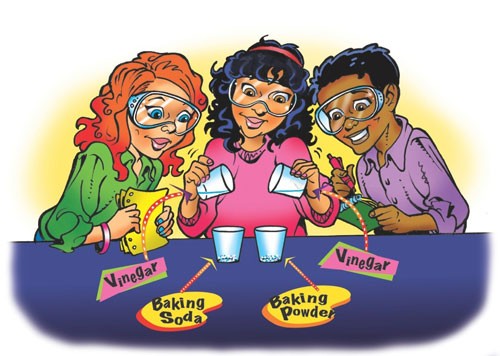
ACS Inquiry in Action: Chapter 3 – Substances Can Mix and React to Form New Substances
NOTE: Those these are indicated for 5th grade, they best align with both 5th and 8th grade AzSS standards. Students use baking soda, calcium chloride and other common substances to discover that when certain substances ...
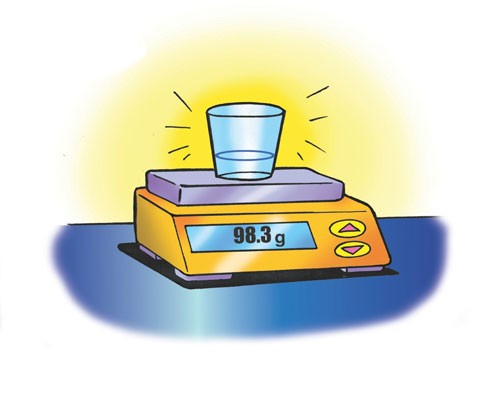
ACS Inquiry in Action: Chapter 4 – Conservation of Mass
NOTE: Those these are indicated for 5th grade, they align with both 5th grade and 8th grade AzSS standards. Through exploring melting, dissolving, and chemical change, students discover that mass is conserved during all these ...
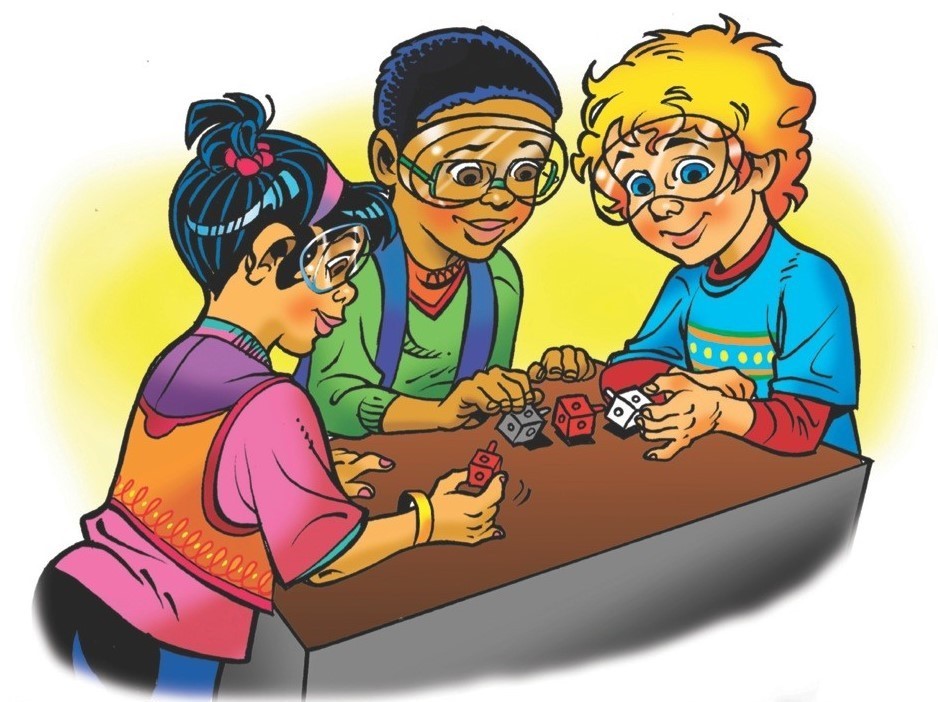
ACS Inquiry in Action: Chapter 6 – Atoms
Students use Snap Cubes (or LEGOs or other building blocks) to see that the same parts can be rearranged to make many different objects, and that these parts can be used as models of atoms ...

ACS Inquiry in Action: 5th Grade Chapter 1 – Matter is Made of Tiny Particles
Through investigating solids, liquids, and gases and the phenomena of dissolving, evaporation, and condensation, students develop models to investigate matter at the particle level. Lesson 1.1 - Matter Is Made of Tiny Particles Students squeeze ...

ACS Inquiry in Action: Chapter 3 – Substances Can Mix and React to Form New Substances
NOTE: Those these are indicated for 5th grade, they best align with both 5th and 8th grade AzSS standards. Students use baking soda, calcium chloride and other common substances to discover that when certain substances ...

ACS Inquiry in Action: Chapter 4 – Conservation of Mass
NOTE: Those these are indicated for 5th grade, they align with both 5th grade and 8th grade AzSS standards. Through exploring melting, dissolving, and chemical change, students discover that mass is conserved during all these ...

ACS Inquiry in Action: Chapter 6 – Atoms
Students use Snap Cubes (or LEGOs or other building blocks) to see that the same parts can be rearranged to make many different objects, and that these parts can be used as models of atoms ...
5.P1U1.2 (NGSS-S: 5-PS1-4) Plan and carry out investigations to demonstrate that some substances combine to form new substances with different properties and others can be mixed without taking on new properties.

ACS Inquiry in Action: Chapter 3 – Substances Can Mix and React to Form New Substances
NOTE: Those these are indicated for 5th grade, they best align with both 5th and 8th grade AzSS standards. Students use baking soda, calcium chloride and other common substances to discover that when certain substances ...

ACS Inquiry in Action: Chapter 6 – Atoms
Students use Snap Cubes (or LEGOs or other building blocks) to see that the same parts can be rearranged to make many different objects, and that these parts can be used as models of atoms ...

ACS Inquiry in Action: Chapter 3 – Substances Can Mix and React to Form New Substances
NOTE: Those these are indicated for 5th grade, they best align with both 5th and 8th grade AzSS standards. Students use baking soda, calcium chloride and other common substances to discover that when certain substances ...

ACS Inquiry in Action: Chapter 6 – Atoms
Students use Snap Cubes (or LEGOs or other building blocks) to see that the same parts can be rearranged to make many different objects, and that these parts can be used as models of atoms ...
5.P2U1.3 (NGSS-P: 3-PS2-3) Construct an explanation using evidence to demonstrate that objects can affect other objects even when they are not touching.
No posts found.
No posts found.
5.P3U1.4 (NGSS-P: 3-PS2-1) Obtain, analyze, and communicate evidence of the effects that balanced and unbalanced forces have on the motion of objects.
No posts found.
No posts found.
5.P3U2.5 (NGSS-NC) Define problems and design solutions pertaining to force and motion.
5.P4U1.6 (NGSS-P: 4-PS3-3 & 4-PS3-1) Analyze and interpret data to determine how and where energy is transferred when objects move.
No posts found.
No posts found.
5.E2U1.7 (NGSS-P: 5-ESS1-2) Develop, revise, and use models based on evidence to construct explanations about the movement of the Earth and Moon within our solar system.
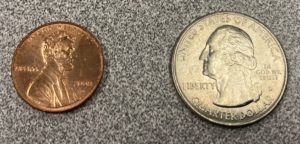
A Penny for Your Moon and a Quarter for Your Earth
Learning Objectives Children will… • demonstrate the motion of the Moon’s rotation. • demonstrate that the Moon keeps the same face toward Earth. Key Question Does the Moon rotate or turn on its axis? Materials ...
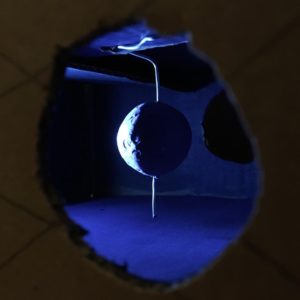
Moon Phase Box Model – Instructables
Great model for showing the phases of the moon. For older students, you might consider adding a way to rotate the moon so you can also demonstrate tidal locking - same face of moon visible ...
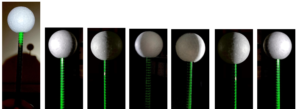
Phases of the Moon
Learning Objectives Children will… • become part of a model to demonstrate the phases of the moon. • match the phase of the moon they see using the model to phase of the moon cards ...
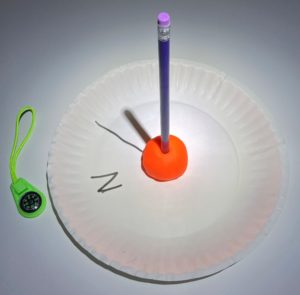
Sundials for Everyone! Evidence of Earth’s Rotation
Learning Objectives Children will… • learn what a sundial is and how it works. • observe and record the pattern of shadows the sun creates on their sundial. Key Question How can we use simple ...
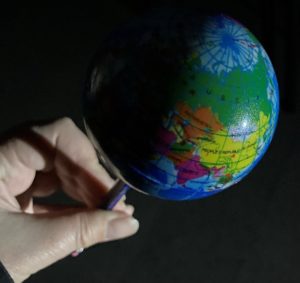
Time Flies: Day, Night, Week, Month, Year
Learning Objectives Children will… • create a model of Earth rotating on its axis. • use the model to demonstrate a day and a week by making the model Earth rotate. • use the model ...

A Penny for Your Moon and a Quarter for Your Earth
Learning Objectives Children will… • demonstrate the motion of the Moon’s rotation. • demonstrate that the Moon keeps the same face toward Earth. Key Question Does the Moon rotate or turn on its axis? Materials ...

Moon Phase Box Model – Instructables
Great model for showing the phases of the moon. For older students, you might consider adding a way to rotate the moon so you can also demonstrate tidal locking - same face of moon visible ...

Phases of the Moon
Learning Objectives Children will… • become part of a model to demonstrate the phases of the moon. • match the phase of the moon they see using the model to phase of the moon cards ...

Sundials for Everyone! Evidence of Earth’s Rotation
Learning Objectives Children will… • learn what a sundial is and how it works. • observe and record the pattern of shadows the sun creates on their sundial. Key Question How can we use simple ...

Time Flies: Day, Night, Week, Month, Year
Learning Objectives Children will… • create a model of Earth rotating on its axis. • use the model to demonstrate a day and a week by making the model Earth rotate. • use the model ...
5.E2U1.8 (NGSS-NC) Obtain, analyze, and communicate evidence to support an explanation that the gravitational force of Earth on objects is directed toward the planet’s center.
No posts found.
No posts found.
5.L3U1.9 (NGSS-P: 3-LS3-1) Obtain, evaluate, and communicate information about patterns between the offspring of plants, and the offspring of animals (including humans); construct an explanation of how genetic information is passed from one generation to the next.
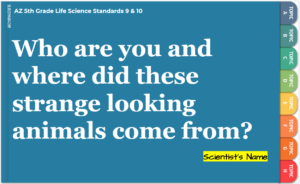
Who are you and where did these strange looking animals come from?
A #STEMontheCheap set of lessons to teach about genetics, heredity, and more. Some lessons are remote adaptable and some require materials. These lessons were designed in collaboration with Marana STEMAZing Teacher Leaders Aimee Katz and ...

Who are you and where did these strange looking animals come from?
A #STEMontheCheap set of lessons to teach about genetics, heredity, and more. Some lessons are remote adaptable and some require materials. These lessons were designed in collaboration with Marana STEMAZing Teacher Leaders Aimee Katz and ...
5.L3U1.10 (NGSS-S: 3-LS3-2) Construct an explanation based on evidence that the changes in an environment can affect the development of the traits in a population of organisms.

Who are you and where did these strange looking animals come from?
A #STEMontheCheap set of lessons to teach about genetics, heredity, and more. Some lessons are remote adaptable and some require materials. These lessons were designed in collaboration with Marana STEMAZing Teacher Leaders Aimee Katz and ...

Youth Climate Action Toolkit
This Is Planet Ed partnered with The Nature Conservancy to design this toolkit with young leaders from across the country to share climate solutions that students can advocate for in schools. The Youth Climate Action ...

Who are you and where did these strange looking animals come from?
A #STEMontheCheap set of lessons to teach about genetics, heredity, and more. Some lessons are remote adaptable and some require materials. These lessons were designed in collaboration with Marana STEMAZing Teacher Leaders Aimee Katz and ...

Youth Climate Action Toolkit
This Is Planet Ed partnered with The Nature Conservancy to design this toolkit with young leaders from across the country to share climate solutions that students can advocate for in schools. The Youth Climate Action ...
5.L4U3.11 (NGSS-P: 3-LS4-4) Obtain, evaluate, and communicate evidence about how natural and human-caused changes to habitats or climate can impact populations.

Turtles, Mice, Piloses, & Orpeds Oh, my!
A #STEMontheCheap set of lessons to teach about how animal traits change over time based on environmental changes. Some lessons are remote adaptable and some require materials. These lessons were designed in collaboration with Marana ...

Turtles, Mice, Piloses, & Orpeds Oh, my!
A #STEMontheCheap set of lessons to teach about how animal traits change over time based on environmental changes. Some lessons are remote adaptable and some require materials. These lessons were designed in collaboration with Marana ...
5.L4U3.12 (NGSS-P: 3-LS4-4 & 3-LS3-2) Construct an argument based on evidence that inherited characteristics can be affected by behavior and/or environmental conditions.

Turtles, Mice, Piloses, & Orpeds Oh, my!
A #STEMontheCheap set of lessons to teach about how animal traits change over time based on environmental changes. Some lessons are remote adaptable and some require materials. These lessons were designed in collaboration with Marana ...

Turtles, Mice, Piloses, & Orpeds Oh, my!
A #STEMontheCheap set of lessons to teach about how animal traits change over time based on environmental changes. Some lessons are remote adaptable and some require materials. These lessons were designed in collaboration with Marana ...
Other 5th Grade Resources

5th Grade AzSS vs NGSS Planning Guide
Great for cross-referencing the Arizona Science Standards to the Next Generation Science Standards (NGSS) when looking for resources from collections aligned to NGSS. S = strong alignment (same science and engineering practice, same content). P ...

5th Grade AzSS vs NGSS Planning Guide
Great for cross-referencing the Arizona Science Standards to the Next Generation Science Standards (NGSS) when looking for resources from collections aligned to NGSS. S = strong alignment (same science and engineering practice, same content). P ...
